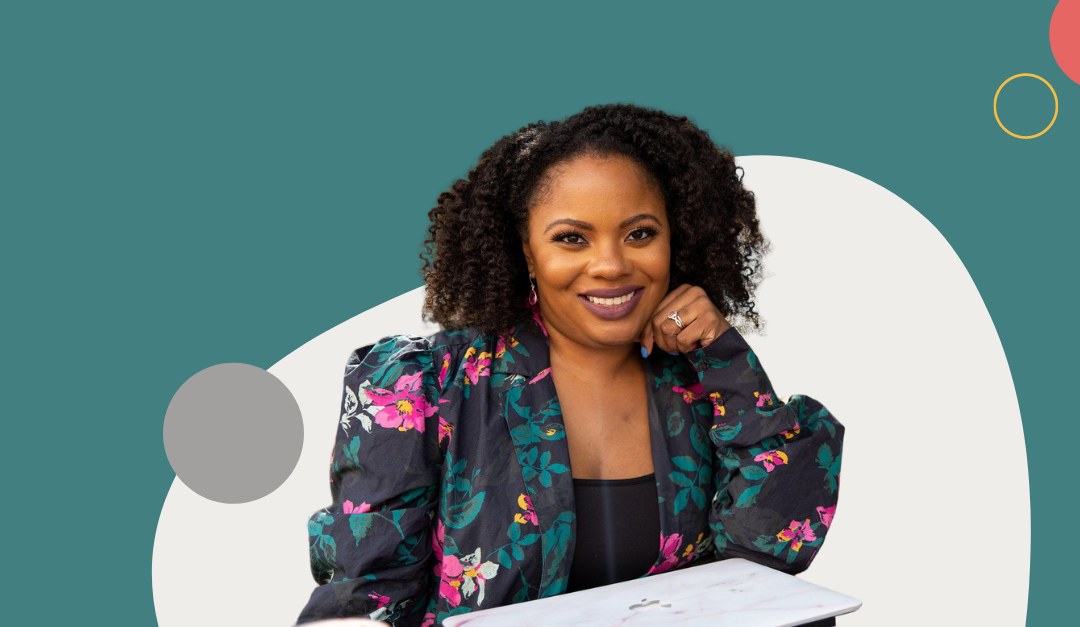
Freelance Interview Series – Using Twitter to Generate Clients with Rosemary Egbo
Rosemary Egbo is a content marketing manager, writer, and strategist with experience in online and print media. Her Twitter community has helped her land some of her most successful projects, and she shared some tips with us on maximizing the platform.
Using Twitter to generate freelance clients
1. Why did you decide to start using Twitter for your freelance business?
I wanted a wider reach and a new audience. For three years I used LinkedIn as my main source of lead generation. One day, the thought of my LinkedIn account getting suspended crossed my mind.
Then it dawned on me that I willed so much power to a single platform I had no control over. I needed another platform for lead generation and community, so I decided to try Twitter.
2. Tell us about the first client you closed from Twitter — what was the process?
I noticed the client was looking for a content writer on my timeline, and I quickly sent him a DM. He asked for a few of my published samples, which I sent.
He later referred me to their Head of Content who set up a discovery call. After the discovery call, a contract was sent, and that was how I became a part of their team. That easy!
3. What is your process for coming up with social content?
I’ll be honest — I literally don’t have a process. I tweet whatever comes to my mind. I’m more of a spontaneous social media content creator.
I plan my Twitter threads for cohesion, but not all the time. My unplanned threads tend to perform better than my planned thread.
I just go with the flow. 😉
4. What was the most difficult part of starting to grow your following?
The most difficult part is showing up every day — making time to create my own content along with clients’ projects.
Sometimes I want to postpone it, but I tell myself that consistency is the ultimate recipe in building an online brand.
5. Outside of closing new clients on Twitter, what other benefits do you get from interacting and posting in this community?
I get tons of benefits, but here are a couple:
1. Insightful tweets from seniors in the industry: I have a notebook where I write down most of the things I learn on the platform. The Twitter community is a great source for expert quotes, too. I love to weave them into my content.
2. Strong support system: Sometimes I get exhausted, and tweets from my community encourage me. They make me feel like I’m not alone. On weekends, I host a Twitter Space — Freelance Tales. It’s Twitter Space where freelancers across the globe get to share their wins, losses, mistakes, strategies and tips. Believe me when I say that those Spaces have been insightful and impactful.
6. Any additional advice for freelancers new to Twitter who want to build a following?
1. Follow these three sets of people:
- People you’d want to work with
- People you want to learn from
- People you’d want to teach
2. Focus on creating valuable content
3. Don’t let low engagement deter you. Engagement will come, it always does.
4. Stay consistent.
Follow Rosemary on Twitter to get inspired and kick off your social presence.





Recent Comments